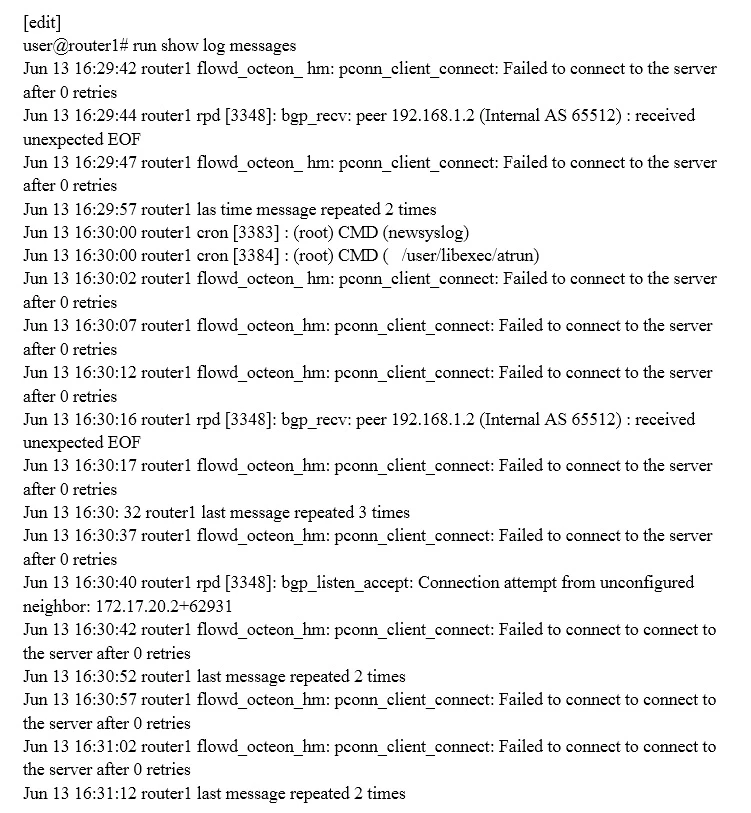Enterprise Routing and Switching Professional (JNCIP-ENT)
Here you have the best Juniper JN0-647 practice exam questions
- You have 75 total questions to study from
- Each page has 5 questions, making a total of 15 pages
- You can navigate through the pages using the buttons at the bottom
- This questions were last updated on December 20, 2025
- This site is not affiliated with or endorsed by Juniper.






